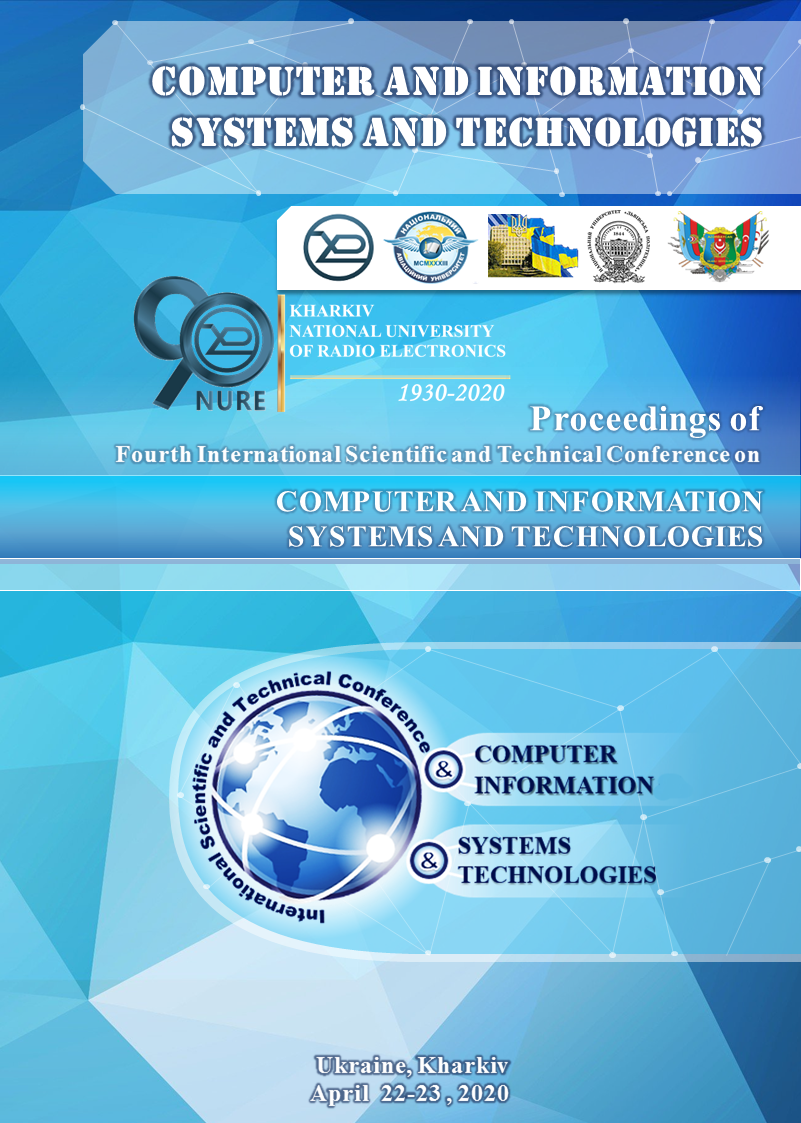Fast ReRouting Flow-based Model with Implementation of Path Protection
Abstract
In this paper, the fast rerouting model with the implementation of the path protection scheme in the infocommunication network is investigated. Within the proposed Fast ReRoute model with the path protection schemes, the problem of calculating the set of primary and backup disjoint paths was solved. The advantage of the improved model is the possibility of implementing protection schemes 1:1, 1:2, ..., 1:n without introducing an additional set of routing variables. This results in reducing the dimension of the optimization problem to be solved and the computational complexity of its implementation. The optimality criterion of routing solutions contributes to the formation of primary and backup disjoint paths with the maximum bandwidth. Additionally, the path with the highest bandwidth will correspond to the primary path, while the rest of the paths will be used as a backup in decreasing order of their bandwidth.References
J. Rak, Resilient Routing in Communication Networks. 1st edition, Springer, 2015.
D. Tipper, “Resilient network design: challenges and future directions,” in Telecommunication Systems, vol. 56, iss. 1, 2014, pp. 5 16.
O. Lemeshko, M. Yevdokymenko and O. Yeremenko, “Model of data traffic QoS fast rerouting in infocommunication networks,” Innovative Technologies and Scientific Solutions for Industries, Vol. 3, Iss. 9, pp. 127-134.
L. Guo, “Efficient approximation algorithms for computing k disjoint constrained shortest paths,” Journal of Combinatorial Optimization, Vol. 32, Iss. 1, 2016, pp. 144–158.
O. Lemeshko, O. Yeremenko, M. Yevdokymenko, B. Sleiman, A.M. Hailan and A. Mersni, “Computation Method of Disjoint Paths under Maximum Bandwidth Criterion”, in Proc. 3rd IEEE International Conference Advanced Information and Communication Technologies (AICT), 2019, pp. 161–164.
P. Cruz, T. Gomes and D. Medhi, “A Heuristic for Widest Edge-disjoint Path Pair Lexicographic Optimization,” in Proc. 2014 6th International Workshop on Reliable Networks Design and Modeling, 2014, pp

